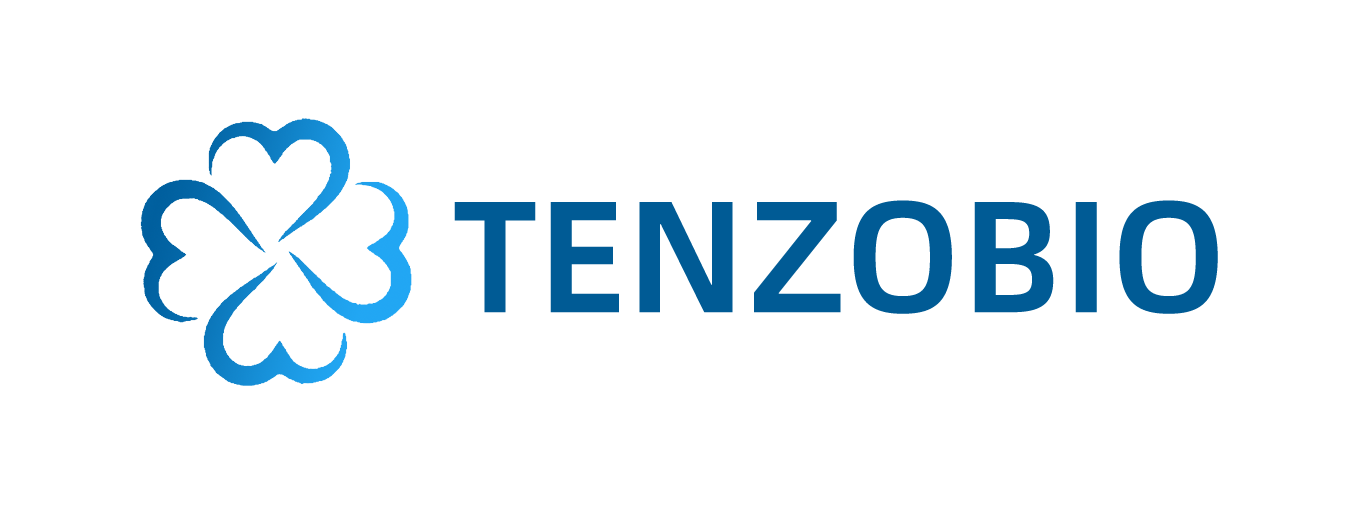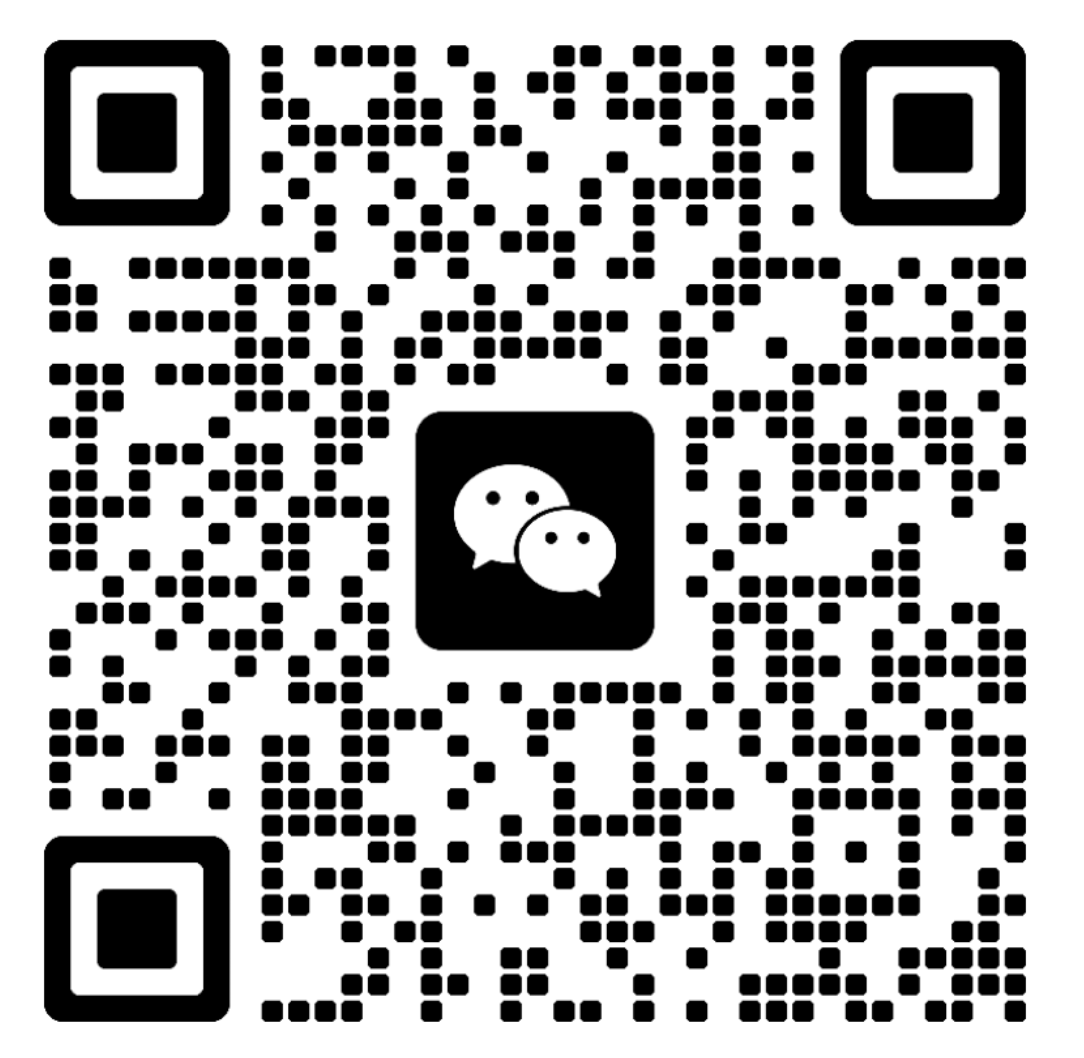
中文 | English

中文
COX17 mouse monoclonal antibody,clone OTI7H5
Cat Number: GAM923235
COX17 mouse monoclonal antibody,clone OTI7H5
Applications:
IHCWB
Species Reactivity:
HumanMouseRat
$ 169
/ 50ul
In Stock
50ul100ul
Description
Recommended Dilution
Product Features
Applications
IHCWB
Uniprot
Q14061
Isotype
IgG2b
Background
Cytochrome c oxidase (COX), the terminal component of the mitochondrial respiratory chain, catalyzes the electron transfer from reduced cytochrome c to oxygen. This component is a heteromeric complex consisting of 3 catalytic subunits encoded by mitochondrial genes and multiple structural subunits encoded by nuclear genes. The mitochondrially-encoded subunits function in electron transfer, and the nuclear-encoded subunits may function in the regulation and assembly of the complex. This nuclear gene encodes a protein which is not a structural subunit, but may be involved in the recruitment of copper to mitochondria for incorporation into the COX apoenzyme. This protein shares 92% amino acid sequence identity with mouse and rat Cox17 proteins. This gene is no longer considered to be a candidate gene for COX deficiency. A pseudogene COX17P has been found on chromosome 13. [provided by RefSeq, Jul 2008]
Purification method
Affinity Purification
Clonality
Monoclonal
Host species
Mouse
Immunogen
Human recombinant protein fragment corresponding to amino acids 2-63 of human COX17 (NP_005685) produced in E.coli.
Clone name
OTI7H5
Species Reactivity
HumanMouseRat
Alias
COX17







Cat Number: GAM923235
COX17 mouse monoclonal antibody,clone OTI7H5
Applications:
IHCWB
Species Reactivity:
HumanMouseRat
$ 169
/ 50ul
In Stock
50ul100ul
Description
Recommended Dilution
Product Features
Applications
IHCWB
Uniprot
Q14061
Isotype
IgG2b
Background
Cytochrome c oxidase (COX), the terminal component of the mitochondrial respiratory chain, catalyzes the electron transfer from reduced cytochrome c to oxygen. This component is a heteromeric complex consisting of 3 catalytic subunits encoded by mitochondrial genes and multiple structural subunits encoded by nuclear genes. The mitochondrially-encoded subunits function in electron transfer, and the nuclear-encoded subunits may function in the regulation and assembly of the complex. This nuclear gene encodes a protein which is not a structural subunit, but may be involved in the recruitment of copper to mitochondria for incorporation into the COX apoenzyme. This protein shares 92% amino acid sequence identity with mouse and rat Cox17 proteins. This gene is no longer considered to be a candidate gene for COX deficiency. A pseudogene COX17P has been found on chromosome 13. [provided by RefSeq, Jul 2008]
Purification method
Affinity Purification
Clonality
Monoclonal
Host species
Mouse
Immunogen
Human recombinant protein fragment corresponding to amino acids 2-63 of human COX17 (NP_005685) produced in E.coli.
Clone name
OTI7H5
Species Reactivity
HumanMouseRat
Alias
COX17

扫码添加微信客服 工作时间:9:00-18:00
